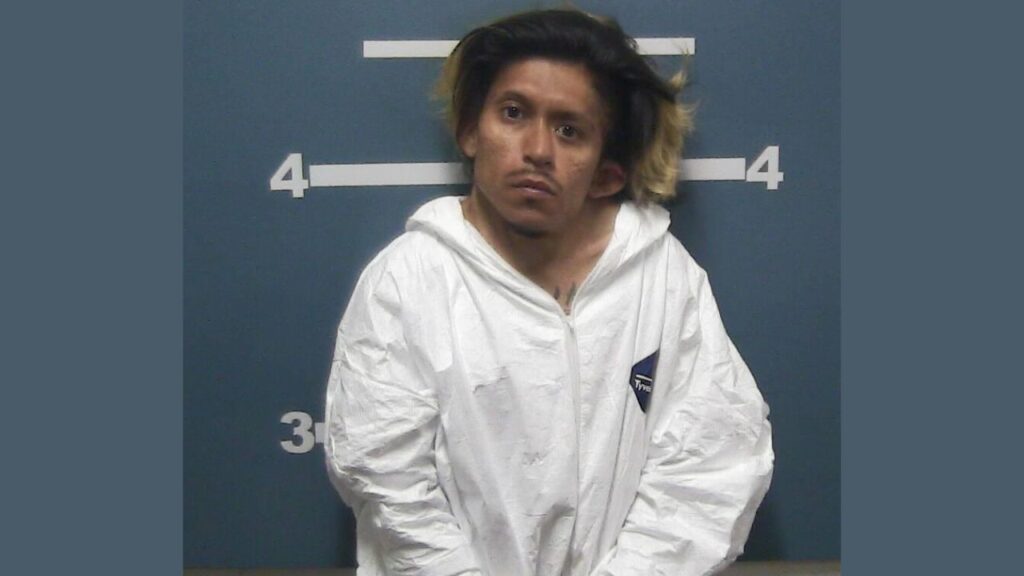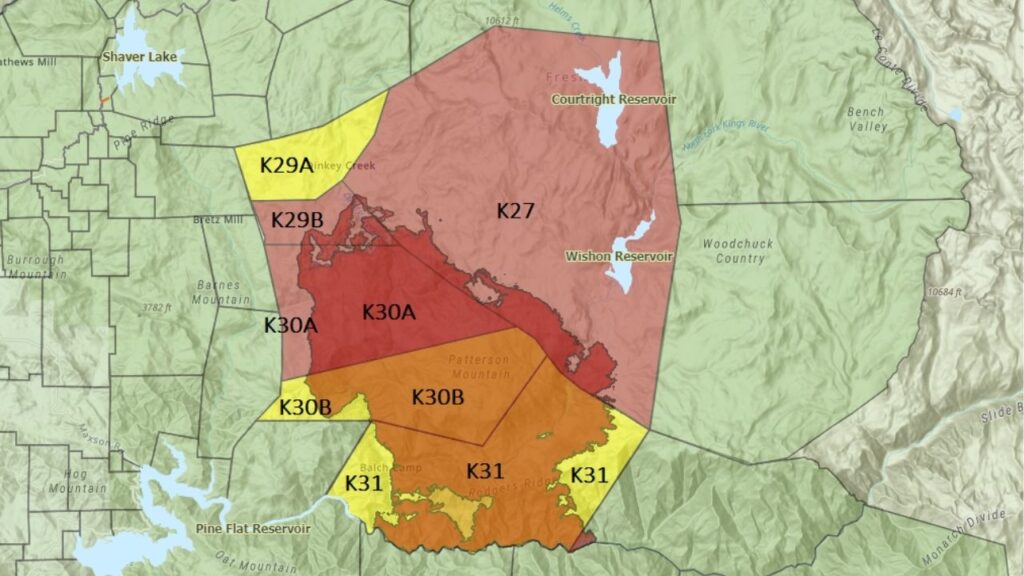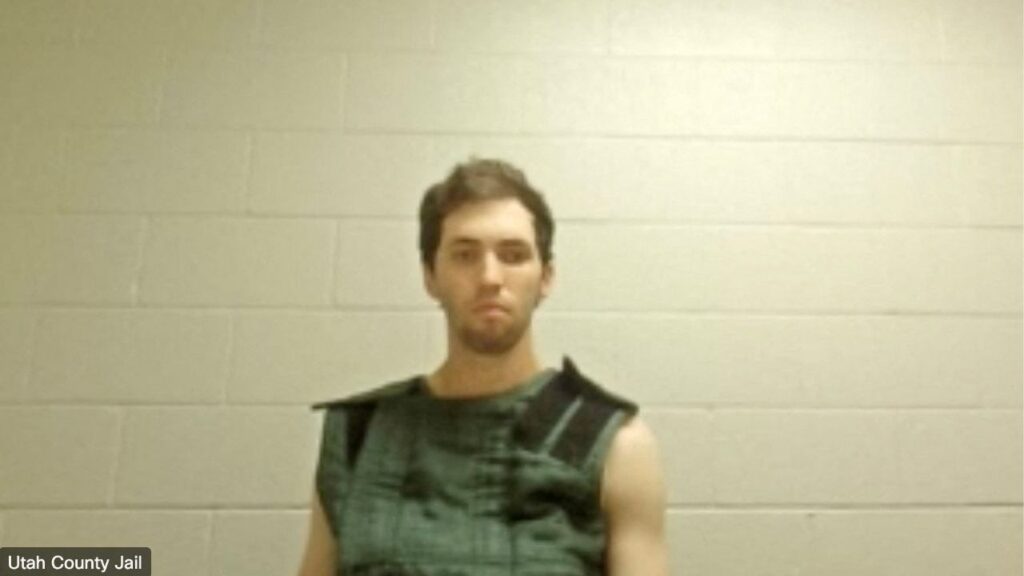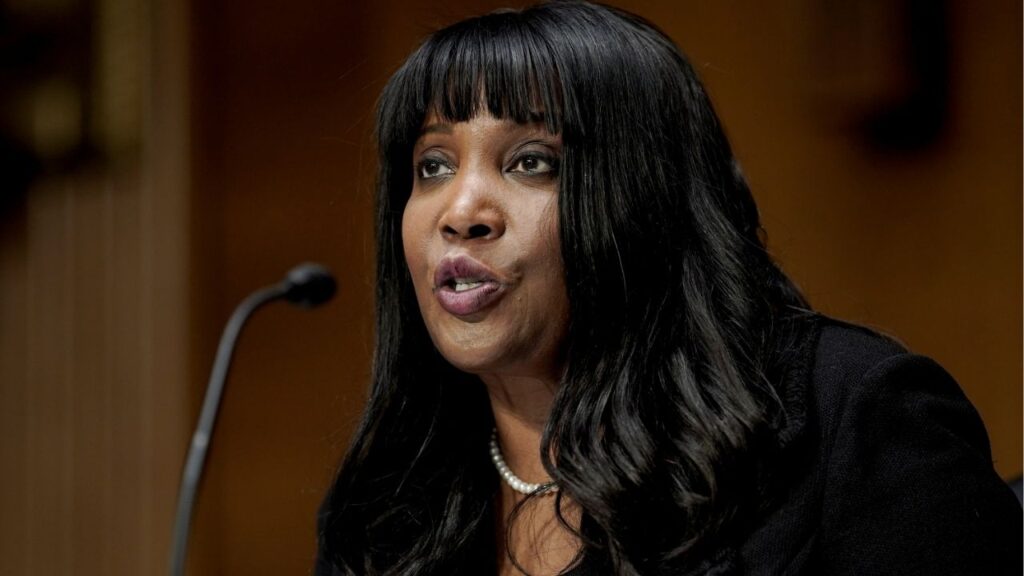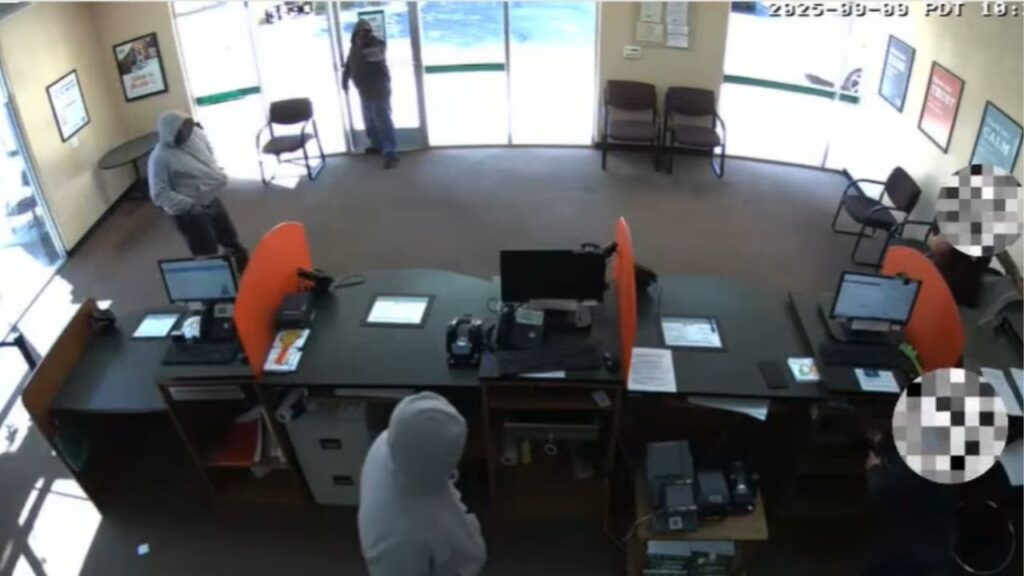Share
 The Doctors Academy freshmen cluster around tables in a Sunnyside High School science classroom, adding spoonfuls of sugar to a cup of water. Their assignment: Figure out just how much sugar they need to add to make the liquid taste as sweet as 20 ounces of soda pop.
The Doctors Academy freshmen cluster around tables in a Sunnyside High School science classroom, adding spoonfuls of sugar to a cup of water. Their assignment: Figure out just how much sugar they need to add to make the liquid taste as sweet as 20 ounces of soda pop.
Their formulas are somewhat inexact, and there’s a lot of giggling: “It’s supposed to taste like soda, not horchata,” one student says, referring to the popular Mexican sweet rice milk.
Sugar, explains Dr. Dan Lo, one of two medical residents from the Valley Health Team visiting the Doctors Academy class, is a carbohydrate, which the human body needs for energy — in moderation. Too much, and diabetes could result.
Listen to this article:
Bringing doctors like Lo and Dr. Ramneek Kalsi to Sunnyside to teach about diabetes and how to wrap a sprained ankle, and to talk about what it’s like to go to medical school, gives these freshmen a close-up look at the careers they may someday have.
100% College Acceptance Rate


“And to me that’s just as important as going into medical school, although obviously I’m very proud of all of our kids, especially when they are able to get into one of the health professions.”
Doctors in Progress
Two Doctors Academy graduates who are opting for medical careers are Jessica Dunn, a valedictorian in the Class of 2006, and Amitoj Singh, a valedictorian in the Class of 2014.
Growing up in the Sunnyside area, Dunn had basketball skills and height, and as a middle schooler thought she might wind up playing in the WNBA. Her dad, however, had other ideas for the Edison Computech eighth-grader.
“The advice or the encouragement … really just came from my dad saying ‘you can do better. You are bright, you’re brilliant. This is something that you should do. You are a people person and you have a very sympathetic heart. So do something that’s good for others.’ ”
Dunn knew she could combine her interest in science with her desire to help people in her community, who she saw did not always have access to health care, and suffered as a result.
She Opts for Emergency Medicine
Dunn, now 31, earned her undergraduate degree in interdisciplinary studies from UC Berkeley and is in her fourth year at Howard University College of Medicine in Washington, D.C. She returned to Fresno recently for a four-week rotation in the Community Regional Medical Center emergency room.

Emergency medicine, Dunn says, is where doctors draw upon the full range of their medical education to treat patients. An internship in Oakland’s Highland Hospital is where Dunn first realized “how much medicine you use in the emergency department, but also how much of the community you see. … it’s also interacting with your community and serving your community.”
After completing medical school and her residency, Dunn wants to return to the Valley someday to work in an emergency department. Maybe at Community Regional?
“Quite possibly, if they hire me,” she says with a smile.
Medical Campus Opens in Fresno
While Dunn had to leave her hometown to attend medical school, Singh is able to come back home as one of six students enrolled in a new medical school program offered through UCSF Fresno as a branch campus of the UCSF School of Medicine.

Three of the six are from Fresno, including Singh, who earned his bachelor of science degree in microbiology, immunology, and molecular genetics at UCLA. The others are from Madera, Los Banos, and Modesto.
SJV Prime and the privately funded College of Osteopathic Medicine in Clovis, which is scheduled to open to students in 2020, are the first medical school programs in the area. Fresno, the state’s fifth largest city, is one of the biggest cities in the U.S. without a four-year medical school, one reason why the region has a chronic shortfall of physicians.
Helping His Neighbors
Singh came to Fresno as a third-grader and attended Central Unified schools before enrolling in Sunnyside’s Doctors Academy. “Growing up in the Central Valley, I was exposed to diverse groups of individuals, many of which were low-income,” Singh says in an email interview. “Many of my neighbors were employed in manual labor, and it was saddening to see them often struggling to put food on the table and battling a variety of health issues.
“Through the Doctors Academy program at Sunnyside High School, I became aware of just how prevalent health disparities in the Valley were and just how severe the physician shortage was. I soon realized that practicing medicine in Central California to battle health disparities would be the most impactful path for me.”
The disparity of health care for disadvantaged communities is a constant message directed at the Sunnyside students, as evidenced by the research papers presented last summer at the Doctors Academy Senior Research Symposium.
The students focused on health topics such as “How does pulmonary hypertension affect the lives of preterm infants within low-income families?” and “Why are children from underserved families more likely to suffer from trauma burns?” They wrote those research papers while working alongside doctors on their summer internships.
Recognizing Disparity in Medical Care
The issue of health care disparity goes back to the founding of the program two decades ago. Flores and representatives of the UCSF School of Medicine, UCSF Fresno, the Fresno County Office of Education, Fresno Unified, and Community Medical Centers recognized that the Valley had a severe shortage of health care providers, especially those from disadvantaged communities. A partnership was formed in 1996, followed by a number of planning meetings to develop the program.
Sunnyside High School, which opened in 1999, was chosen as the home campus for the nascent program, which initially was open to students from school districts across Fresno County. (Caruthers and Selma high schools later got their own Doctors Academy programs, and so Sunnyside’s enrollments were limited to Fresno Unified students starting in the 2015-16 school year.)
“One of my visions was that we would provide academic support to students who came from all backgrounds,” Flores says. “I was a farmworker myself as a child and wanted to give back to the community, especially the farmworking community.”
In its early days, the program’s costs were covered primarily through grants obtained by UCSF, with some Fresno Unified financial support. In addition to staff costs for administrators, teachers, counselors, and tutors, the program provides other enrichment activities such as field trips to college campuses, starting with UC Merced and CSU Stanislaus in their freshman year.
Pipeline for Fresno Unified Students
When the grants ran out, Fresno Unified stepped up and now pays about $134,000 annually for Sunnyside’s Doctors Academy, covering all costs except for the summer program, district spokeswoman Amy Idsvoog says.
Sunnyside’s program also is still supported by UCSF Fresno and grants, says UCSF Fresno spokeswoman Brandy Nikaido.
A majority of Doctors Academy students come to Sunnyside from Fresno Unified’s Junior Doctors Academy programs at Kings Canyon, Terronez, and Sequoia middle schools. Candidates submit applications and undergo interviews as eighth-graders before the admissions committee selects 40 for the incoming freshman class. About 100 typically apply for the 40 slots, says Paula Peterson, the academic program coordinator.
Many of those middle schoolers are already aware of the insufficiency of health care in their communities, says Nanci Gardner, a Sunnyside English teacher who is one of the school’s four Doctors Academy teachers.
“We have instance after instance of these kids who start this program at the junior high level, and the reason they get into it is they’re seeing the health disparities in their own families,” she says. “They’re seeing that doctors aren’t paying attention to their parents, and that insurance is not a thing. And without that insurance, their family members are sick and dying and not getting the right care. And it just really pushes them.”
Four Years With One Class
Gardner is in charge of this year’s senior class. They started coming as freshmen to her AP English literature classroom for their Doctors Academy classes, where they heard from practicing physicians and Doctors Academy graduates, and were introduced to CPR and first aid.

One wall of the classroom holds a collection of photographs of students next to pennants of the colleges they’ve enrolled in: The majority are the UC and CSU campuses, including Fresno State. And there are a couple from out of state — including Harvard University. Students ask Gardner if their photo will someday be pinned to the wall.
“The most special part about it is if you can look at them as freshmen, and know that they’re going to come out the other side as this incredible person, then maybe you can have a little bit more patience with them, at the beginning,” says Gardner, who is working with her third cohort of students. “You can look at them as freshmen and go, ‘you’re going to make it, we’re all going to make it.’
“Getting to know them creates a family environment, and that continues long after they graduate.”
Giving Back After Graduation
Doctors Academy graduates stay in touch with their teachers and school staff, and also come back to the campus for roundtable discussions and to talk with the high schoolers about their experiences. The goal is to encourage the students to know that they are capable of doing the hard work before them, and that they too can graduate and go to college.
“I think there’s nothing better than listening to someone talk to you who comes from the same dirt that you come from, from the same neighborhood, from the same situation,” Gardner says. “And knowing that, that means there (are) no excuses for them.”
This year 147 students are enrolled in the Sunnyside program: 76 are Latinx, 48 are southeast Asian (including 38 Hmong), four are black, four are white, three are other Asian (Chinese, Korean, Indian) and eight are “other.” Girls vastly outnumber boys, 83% to 17%.

Ly has spent a good part of the past four years with her Doctors Academy classmates in Gardner’s classroom, bonding and learning from each other. As they grow older, they rely less on the tutors who assisted them as freshmen and more on themselves — and each other — as they study English, math, science, history, and other subjects, and also learn how to learn.
Internship Is Key
The highlight for Doctors Academy students is the summer internship at the end of their junior year, when they work with doctors and even help with patients.
Ly worked with Kaiser Permanente Fresno doctors in the pulmonary clinic and critical care unit, and even assisted as doctors inserted a central venous line in one patient.
She recalls that the process took about an hour, and she was left feeling tired and “sweaty.” She was also confused that the doctors all seemed happy even though they’d been in less than optimal working conditions.
But she realized why everyone was so happy the next day “after we went to check up on the patient, and how thankful she was. And I even got thanked, and that really made me happy. And I was like, ‘This is what I want to do.’ ”
Practical Experience Is Valuable

“There was a booth where the doctor allowed me to listen to my own heart with a stethoscope,” Megan says. “And that’s been a moment that’s pushed me since I was little.”
She attended Edison Computech as a middle schooler and figured she might go on to Edison High because of its biomedical program. But then a neighbor who was a Doctors Academy graduate told her about the program at Sunnyside.
In her summer internship this past summer, Megan shadowed doctors at Kaiser Permanente, starting with a urologist who is also a surgeon. She scrubbed in on an adult circumcision, assisted the surgeon, cut stitches, and even used the cauterization pen.
She had been nervous that she might be squeamish after one of her classmates fainted at the sight of blood during a surgical procedure.
“I was like, oh no, is that going to be me? But then like, no, I actually really liked it,” Megan says.
Do Many Doctors Return to Valley?
One of the Doctors Academy’s main goals is to develop more health care providers for the Valley — but no one can say with certainty if that’s happening. Up to now, there has been limited tracking, so there’s no way to know how many Doctors Academy graduates work locally in health care.
Emy Lopez Phillips, the new associate director for the Latino Center for Medical Education and Research, is in charge of developing a database that could answer those questions.
Of the 277 students who did so, the center’s database shows 266 earned bachelor’s degrees — many in nursing, biology and other health-related fields. Forty-five earned master’s degrees and 12 earned doctorates, including five in medicine, two in pharmacy, one in dentistry, and one in physical therapy.
Need Continues to Be Great
A recent report by the Healthforce Center at UCSF shows that the Valley’s dearth of health care providers will continue. Based on current projections, demand will far outstrip the supply of primary care clinicians such as doctors, nurse practitioners and physicians assistants.
The entire state faces shortfalls through 2030, but the Central Valley/Central Coast and Southern Border regions will have the greatest unmet demands, according to the Aug. 15 report, “California’s Primary Care Workforce: Forecasted Supply, Demand, and Pipeline of Trainees, 2016-2030.”
More physicians are needed not only for the region’s burgeoning population but also to replace retiring physicians. Flores, the founder of Doctors Academy, hasn’t set a date for her own retirement yet.
“I do talk to our students about the fact that I can’t comfortably retire yet because I don’t have anybody to pass my patients along to,” she says. “All of my colleagues have full practices, not to say that they wouldn’t take some of my patients, but my dream would be to have one of our graduates, who understands the importance of cultural competence, who can speak Spanish because that’s what a lot of my patients speak. Who understands poverty and what that brings to the table in terms of health disparities.
“To pass the practice over to somebody like that from our program, I know that it’ll be years before that’s possible. I’ve spoken to several of them who are in medical school but again, it’s a long process to get through. But that is a dream. I don’t know. Time will tell.”








